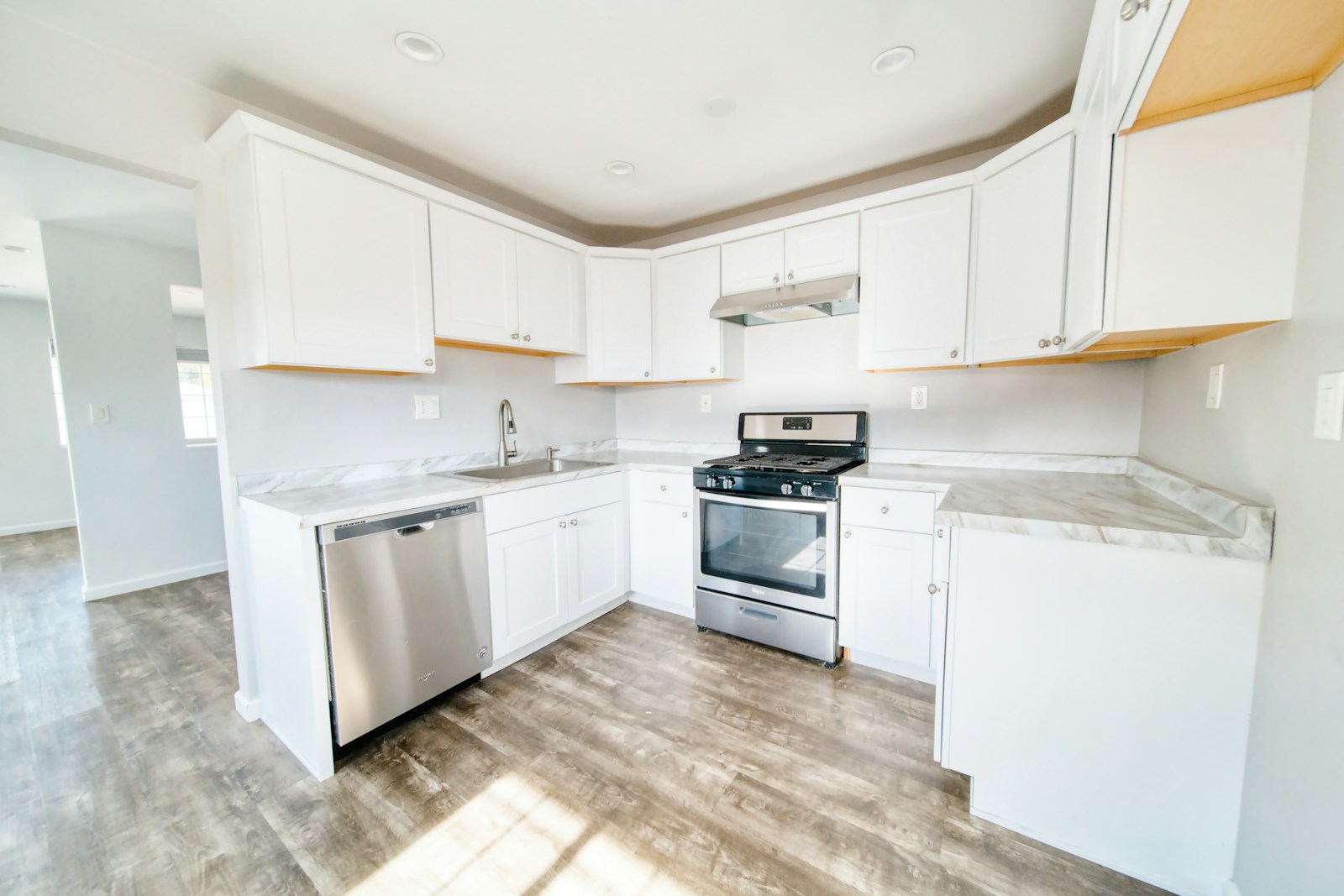When people think of Ottawa’s waterfront, neighborhoods like Rockcliffe Park or Westboro Beach often come to mind. But tucked away along the Ottawa River lies Britannia Village, a charming community that offers affordable waterfront access with a cottage-like atmosphere—all within the city limits.
For buyers and renters looking for a balance of nature, affordability, and convenience, Britannia Village in 2025 may be the hidden gem you’ve been searching for.
1. Where Is Britannia Village?
Britannia Village is located in Ottawa’s west end, just south of Britannia Beach and the Sir John A. Macdonald Parkway. Nestled along the Ottawa River, it feels secluded yet remains only a 15-minute drive from downtown.
The neighborhood is bounded by the river to the north and Carling Avenue to the south, giving residents both waterfront tranquility and urban accessibility.
2. Housing: Cottage Feel Meets City Living
Britannia Village is one of the rare Ottawa neighborhoods where you can still find waterfront and near-water properties without the sky-high prices of Rockcliffe or Manotick.
Older Homes: Many houses date back decades, with a cozy, cottage-style feel that gives the area its charm.
Bungalows & Detached Homes: Modest single-family homes dominate the area, some with river views.
Renovation Potential: Buyers are increasingly drawn to Britannia for the chance to renovate or rebuild into modern waterfront living.
Rental Options: While fewer than in Chinatown or Centretown, some homes and basement apartments are available, making it accessible for renters, too.
For those who dream of living by the water without breaking the bank, Britannia is one of Ottawa’s best-kept secrets.
3. Lifestyle: Waterfront Recreation All Year Long
Britannia is a paradise for outdoor enthusiasts.
Britannia Beach: A family-friendly spot for swimming, picnics, and summer festivals.
Sailing and Rowing Clubs: Local clubs bring a maritime flavor to this riverside community.
Trails and Green Space: Direct access to the Ottawa River Pathway for walking, cycling, and cross-country skiing.
Wildlife and Nature: With Mud Lake Conservation Area nearby, residents enjoy birdwatching and a true cottage-country feel—right in the city.
This mix of urban convenience and natural retreat makes Britannia stand out from other neighborhoods.
4. Community and Vibe
Britannia Village is known for its tight-knit, down-to-earth community. Unlike newer suburban developments, this is a place where neighbors know each other, and community events bring people together.
It attracts:
Families looking for space and a safe environment.
Retirees who appreciate the peaceful, scenic setting.
Young buyers priced out of downtown waterfront neighborhoods but eager for a slice of riverfront living.
5. Transit and Accessibility
Transit Access: Served by several OC Transpo routes, and Stage 2 of the LRT will bring improved west-end transit connections.
Driving: Carling Avenue and the Parkway provide quick access to downtown or Kanata.
Cycling: The Ottawa River Pathway offers one of the city’s most scenic bike commutes.
For commuters, Britannia offers a good balance of accessibility and retreat.
6. Schools and Amenities
While Britannia itself is primarily residential, nearby areas provide everything families need:
Schools: Public and Catholic schools are within easy reach, including French immersion options.
Shopping: Carlingwood Mall and Bayshore Shopping Centre are just a short drive away.
Healthcare: The Queensway Carleton Hospital is conveniently close.
Residents enjoy the perks of suburban convenience while living in a distinctly unique riverside setting.
7. Why Choose Britannia Village in 2025?
In a market where Ottawa’s housing affordability continues to be a concern, Britannia offers something rare:
Waterfront lifestyle without luxury price tags.
Proximity to downtown yet peaceful and tucked away.
A strong sense of community with outdoor living at its core.
For buyers and renters who want more than just a house—but a lifestyle—Britannia Village provides one of Ottawa’s most authentic, underrated neighborhood experiences.












